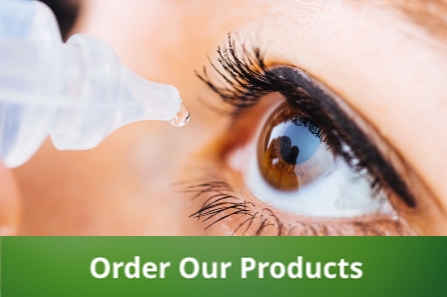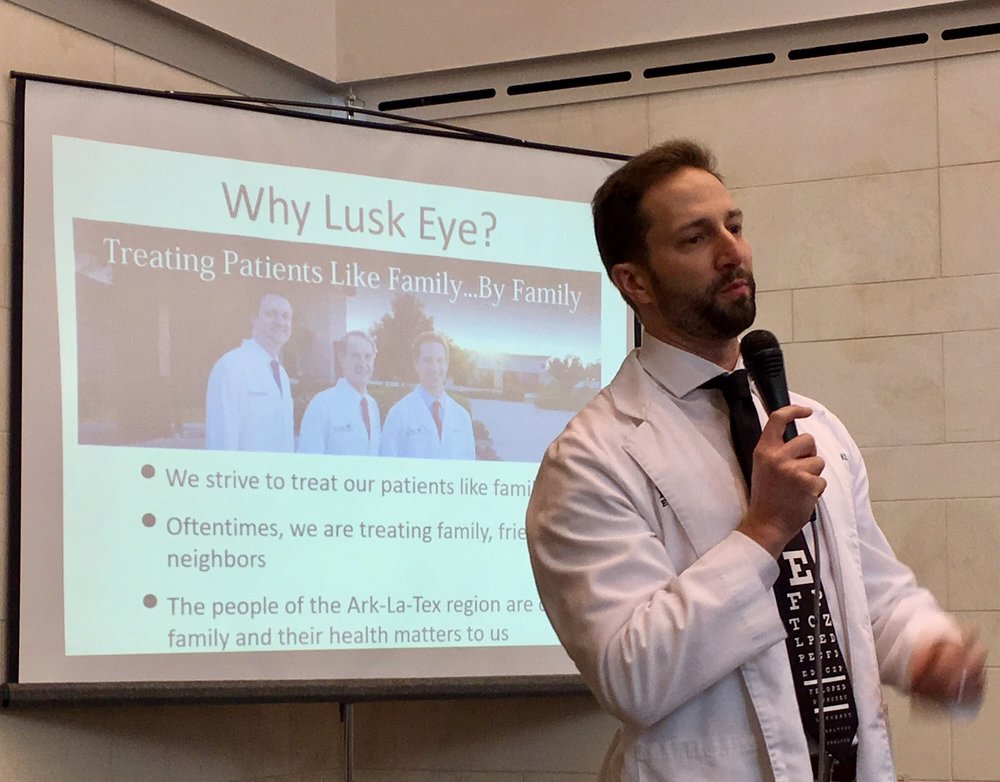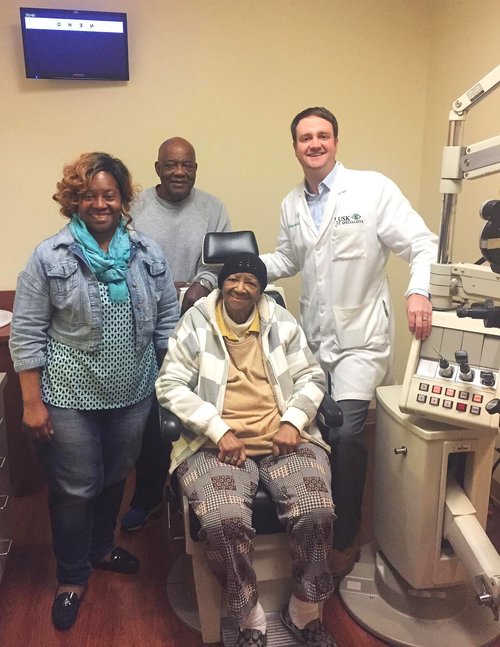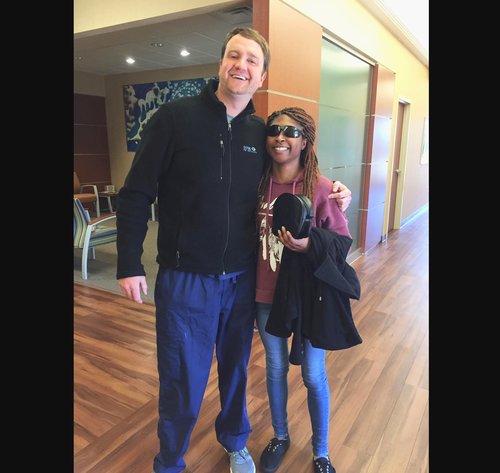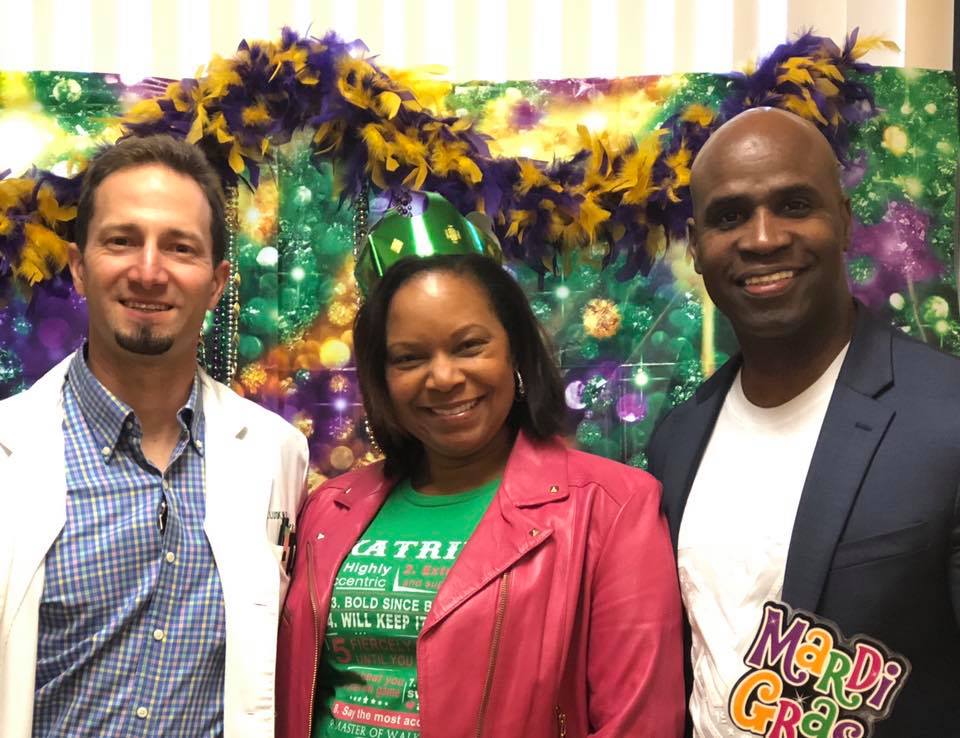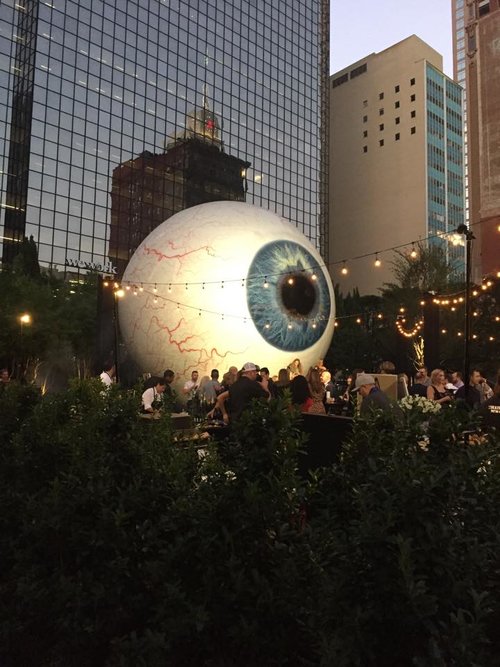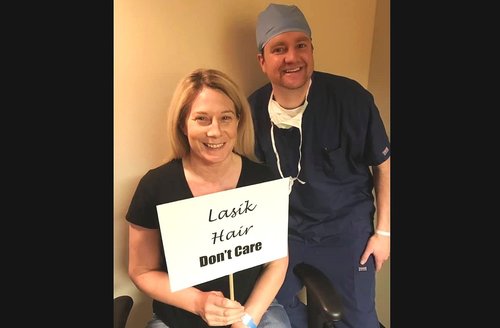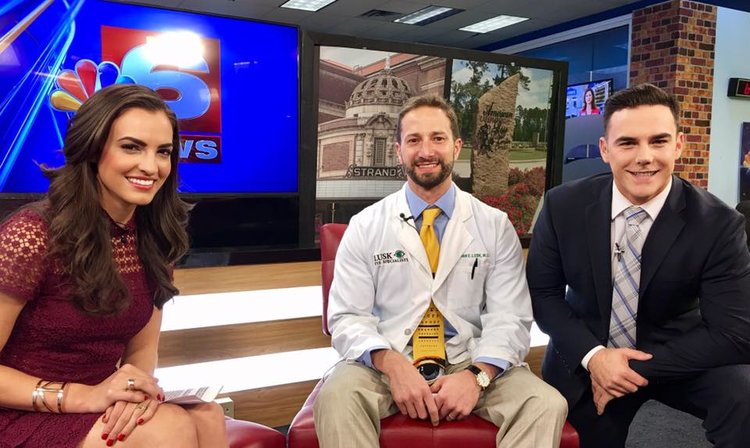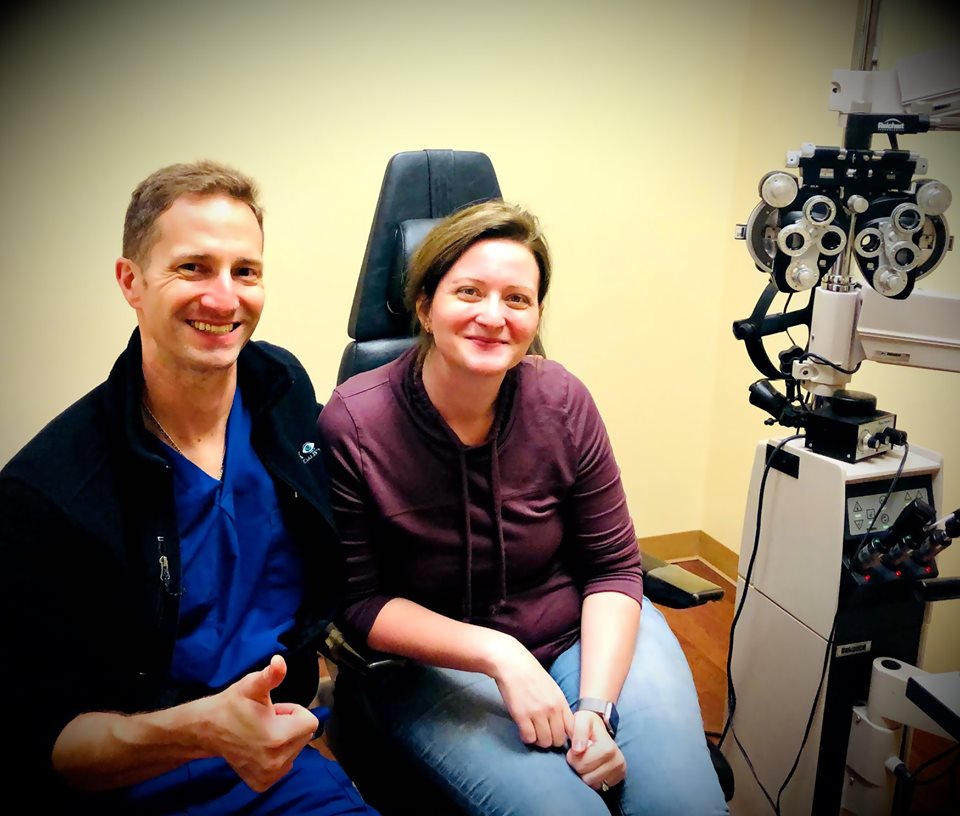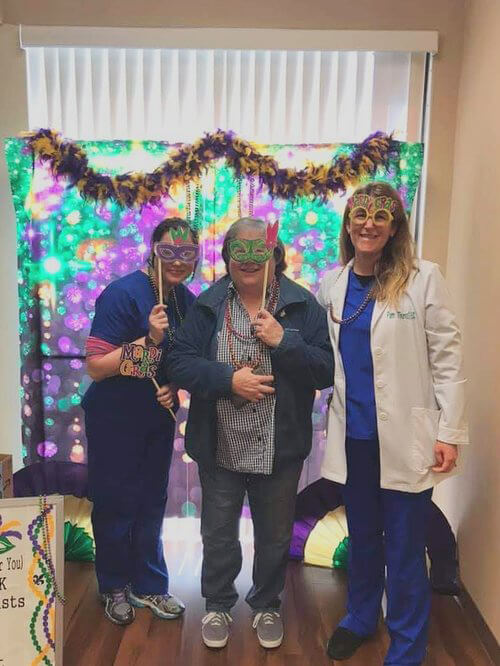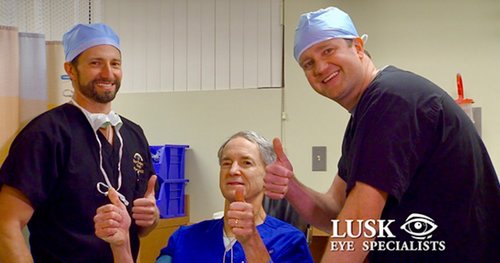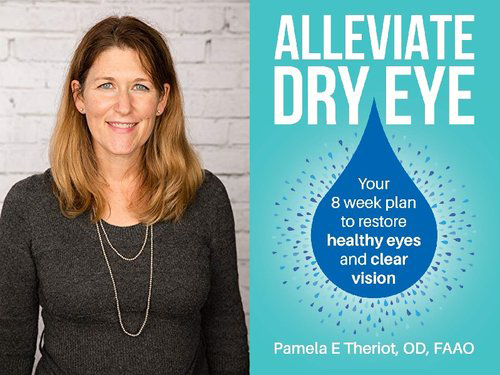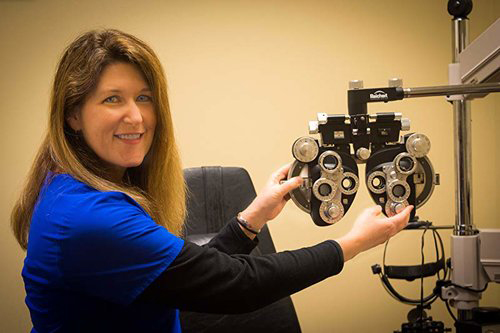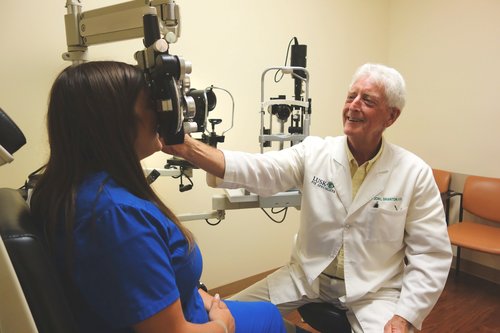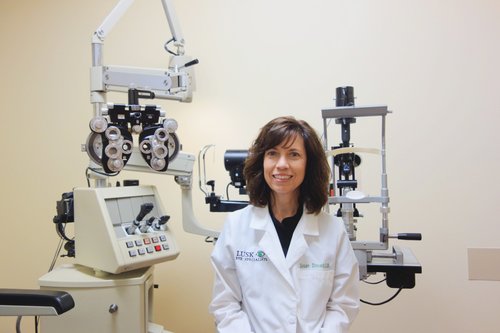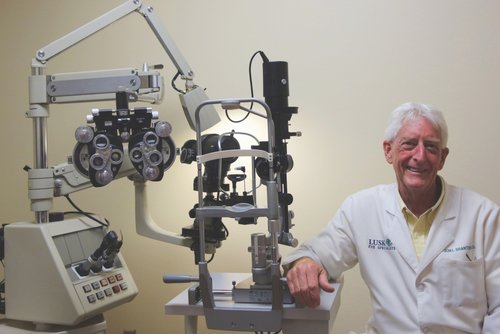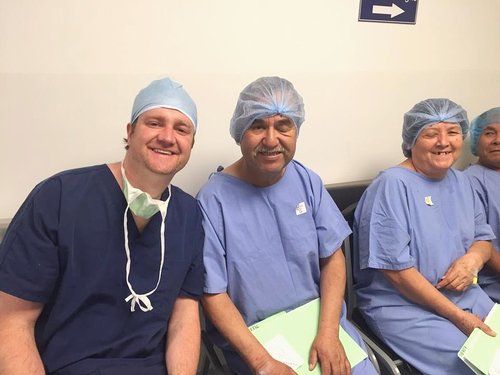Cornea Issues in Shreveport, LA
If you’re experiencing a sudden loss of vision, eye pain, or the feeling of something being stuck in your eye, you may have a corneal issue. Genetic disorders, infections, or injuries to the cornea can lead to complications that may permanently affect your eyesight if not treated properly.
Thankfully, our own Bryan E. Lusk, M.D., is an experienced cornea specialist. Dr. Bryan and his team can help repair — or, when necessary, safely replace — your damaged or unhealthy corneal tissue. Below, you can find more information about some of the most common cornea issues we treat here at Lusk Eye Specialists.
Common Corneal Conditions
The cornea is the clear, frontmost layer of the eye. It works with your eye’s lens to focus light onto the retina, the part of your eye which sends those images to your brain. In other words, the cornea is one of the main structures in the eye responsible for clear vision.
Not all cells in the body are designed to last a lifetime or fully regenerate, but the cells in the cornea typically are. This means that most cornea issues are caused by other factors, such as genetic disorders, diseases, infections, or trauma to the eye.
Fuchs’ Dystrophy
The cornea has multiple layers, and its innermost layer, the endothelium, acts as a molecular water pump, removing any excess fluid in the cornea to keep vision clear. If cells in the endothelium begin to degenerate, it can form a condition called Fuchs’ Dystrophy, generally occurring between the ages of 40 and 60.
While Fuchs’ Dystrophy is typically a genetic disease, it sometimes appears in those without a family history of the condition, and there’s no known way to prevent its onset. It can cause a swelling of the cornea and lead to other conditions, such as bullous keratopathy, which is the presence of corneal blisters. Symptoms of Fuchs’ Dystrophy include difficulty seeing in high or low-light conditions, foggy vision, eye pain, and a “foreign body” sensation, the gritty feeling that comes when you have something in your eye.
Keratoconus
Keratoconus is a condition where the cornea thins and, as a result, begins to bulge outwards in a cone-like shape. Keratoconus can develop in patients as early as their teens to early 20s.
It’s unclear who exactly will develop keratoconus, but it may be brought on by genetics, environmental conditions, or physically rubbing the eye too much. The changing shape of the cornea can cause scarring, which blurs vision and may damage the part of the cornea which drains fluid (the endothelium), leading to fluid buildup and swelling. Keratoconus can be identified by blurry, distorted, or unfocused vision, which may come on slowly or quite suddenly.
Cornea Infection, Corneal Ulcers, and Keratitis
From wearing contact lenses too long, to having diseases like dry eye which make the eye vulnerable, to simple over-exposure to the elements, plenty of factors can trigger inflammation (keratitis) or an eye infection. This can lead to vision degradation and permanent damage if left untreated. Symptoms common across eye infections and inflammatory conditions include redness, “stabbing” eye pain, excessive tearing/discharge, blurred or worsened vision, and a gritty feeling in the eye. Infections can be caused by bacteria, viruses, fungi, and parasites, but nearly identical symptoms can also result from inflammatory allergic reactions and eye injuries.
More prolonged or aggressive eye infections may lead to development of a corneal ulcer. Corneal ulcers are open sores on the cornea that may or may not be visible and require urgent treatment.
Cornea Injury
Corneal injuries can come from foreign objects traumatizing the eye or excessive rubbing related to dryness or allergies. Incisions made during eye surgery represent a controlled type of corneal injury which underscores the importance of scheduled follow up visits to assess wound healing. Corneal injuries whether accidental or controlled surgical wounds cause red eyes, varying degrees of discomfort, light sensitivity, the feeling of a foreign object in the eye and varying degrees of blurred vision. Injuries must be treated and monitored carefully to prevent worsening and avoid any permanent vision problems.
Cornea Treatment at Lusk Eye Specialists
There are a lot of different causes of cornea issues, and more severe issues call for more intensive treatment. In response, the team at Lusk Eye Specialists has made sure to provide a whole range of cornea treatment options. Sometimes, it’s as simple as helping you manage your condition with topical ointments and eye drops. In other cases, your doctor may recommend specialty contact lenses to allow for clear vision without causing issues with the surface of the eye. Scleral lenses are a common option for patients with chronic cornea issues. Unlike standard contacts, these specialized lenses don’t rest on the cornea; they rest on the sclera (white) of the eye, leaving the cornea untouched.
In the most severe cases, a cornea transplant may be the best course of action. This is a surgery in which damaged or infected corneal tissue is replaced with healthy tissue from a donor. If our cornea expert, Dr. Bryan Lusk, determines that a cornea transplant is the best way to heal your eyes and protect your vision, you can rest easy knowing that a team of medical professionals who prioritize your patient experience and surgical outcomes will be with you every step of the way, to answer your questions and provide the appropriate care.
To find out more about cornea issues and what we can do for you, call Lusk Eye Specialists at (318) 222-5555, or request an appointment.


